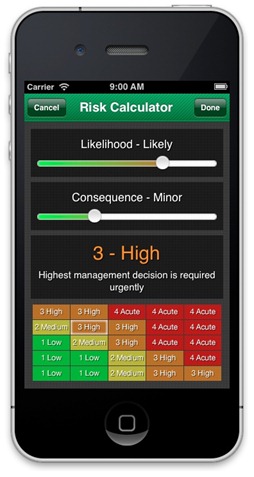Dr Tony Lower has written an opinion piece in the December 2011 edition of the Medical Journal of Australia (not available without a subscription however a related media release is) about farm safety. One statistic he quotes says:
“In tractors, rollover fatalities have decreased by 60% after the introduction of regulations requiring compulsory rollover protection structures.”
The very successful introduction of rollover protection structures (ROPS) in Australia was given a major boost by OHS regulators offering substantial rebates for the fitting of ROPS on top of the regulatory requirements. A safety “spoonful of sugar” as it were. Continue reading “New OHS laws could change the management of quad bikes”


